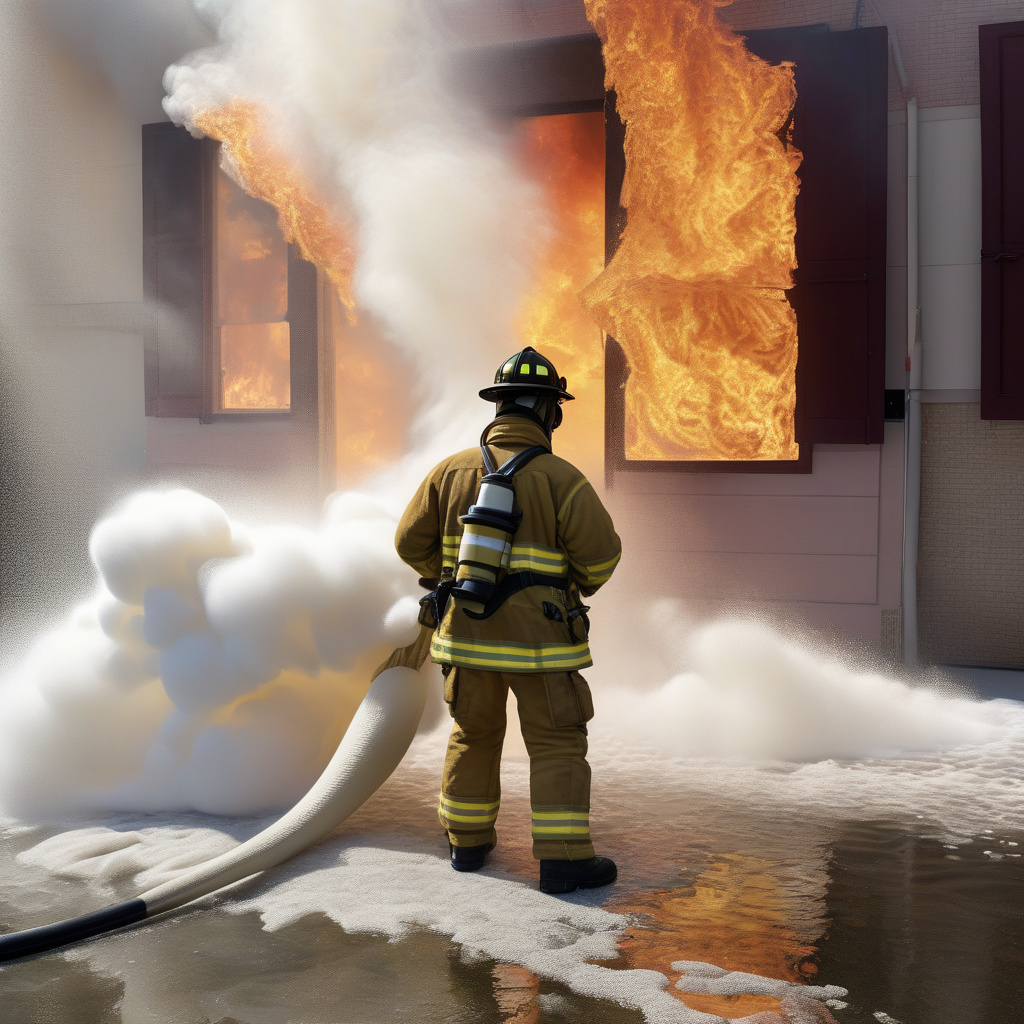PFAS in Firefighting Foams: Understanding the Latest Regulatory Changes
Per- and polyfluoroalkyl substances (PFAS) have long been a concerning topic due to their adverse environmental and health impacts. Among the various applications of PFAS, their use in firefighting foams has raised significant alarms. Recent regulatory changes both in the UK and globally have been implemented to address these concerns, aiming to mitigate the risks associated with PFAS while transitioning towards safer alternatives.
In the United Kingdom, as well as in many other parts of the world, the use of PFAS in firefighting foams is facing increased scrutiny. PFAS are known for their persistence in the environment, bioaccumulative properties, and potential health effects, making them a priority concern for regulatory bodies. These substances have been linked to various health issues, including cancer, immune system disruption, and developmental delays.
To tackle these risks, regulatory changes are being introduced to restrict the use of PFAS in firefighting foams. Manufacturers and industries are now required to find alternative solutions that are effective in combating fires while being environmentally friendly and safe for human health. The transition to PFAS-free foams is essential to limit the release of these harmful substances into the environment and reduce the potential risks they pose to both wildlife and human populations.
One of the key aspects of the latest regulatory changes is the emphasis on innovation and the development of alternative firefighting foam formulations. Companies are investing in research and development to create effective foams that do not rely on PFAS for their firefighting capabilities. These new formulations aim to maintain the high performance standards expected from firefighting foams while eliminating the use of harmful chemicals.
Moreover, the regulatory changes are not only limited to the production of firefighting foams but also extend to their storage, use, and disposal. Proper handling of PFAS-containing foams is crucial to prevent environmental contamination and minimize exposure risks. Training programs and guidelines are being implemented to ensure that firefighting personnel are aware of the risks associated with PFAS and equipped to handle alternative foams safely and effectively.
In addition to regulatory changes, the shift towards PFAS-free firefighting foams is also driven by consumer demand and corporate social responsibility. Companies are increasingly recognizing the importance of sustainability and are seeking ways to reduce their environmental footprint. By adopting safer alternatives to PFAS, businesses can demonstrate their commitment to environmental stewardship and public health.
Overall, the latest regulatory changes regarding PFAS in firefighting foams mark a significant step towards addressing the environmental and health concerns associated with these substances. By promoting innovation, responsible use, and the transition to safer alternatives, regulatory bodies are paving the way for a more sustainable and secure firefighting industry.
In conclusion, the move towards PFAS-free firefighting foams is a positive development that highlights the importance of proactive regulatory measures in safeguarding the environment and public health. By understanding the risks associated with PFAS and embracing alternative solutions, the firefighting industry can contribute to a safer and more sustainable future.
#PFAS, #firefightingfoams, #regulatorychanges, #environmentalhealth, #sustainability












